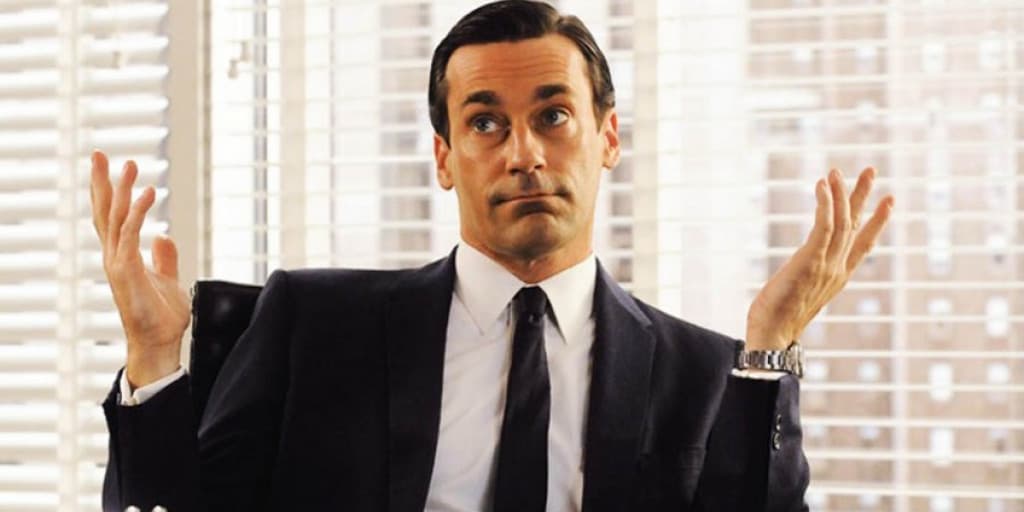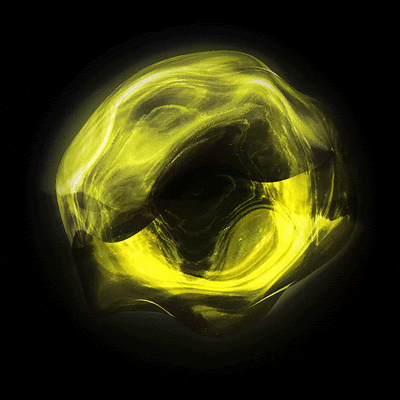
It’s official, the Mad Men days are over
I guess you could say I experienced the tail end of it when I was first promoted to junior copywriter back in the late nineties. I remember being proud as punch when I was presented with my own office. Yes, an office – remember those? It had a big desk, a couch and huge window overlooking the city. I even had a Don Draper style liquor trolley in the corner. Life was good.
Today I sit at an open plan desk as the creative director, surrounded by my team and occasional freelance hipsters who play their music too loud. But hey, in all seriousness I’m not complaining, that’s the way it is in every agency now. In actual fact, it’s a better way of working. There’s much better energy and collaboration, which always results in a higher level of creativity. And as for that illusive closed-door office, Bose noise canceling headphones are my new best friend.
Survival of the smartest
Advertising is still an amazing industry to work in, but the purse strings have tightened significantly over the last two decades – and there’s no doubt we’ve all needed to adapt along the way. It wasn’t just the GFC that changed the game either. I’ve noticed budgets cutting back every year from the day I started. Unfortunately it’s a natural process of clients cutting margins to accommodate their superiors and shareholders, which are then passed on directly to agencies.
But you know what the ironic thing is? For today’s agencies leading the charge, this isn’t a problem at all. While Mad Men fat is continuing to get cut for the old dogs of advertising, budgets are increasing for those who are can provide clients with a zero waste advertising model.
Big brands are on the move
Last week the world’s largest advertiser, Procter & Gamble, announced a dramatic shrinkage in its global advertising spend. Most of the press headlines included the fact that this would be a $500 million decrease from previous years. At face value, this is enough to scare the pants off anyone in our industry, but if you look deeper, a majority of this is due to a cut in traditional media spend along with streamlining the company’s total agency roster. This great news for tech focused agencies, and P&G aren’t the only ones on the move. Their announcement falls in line with several other huge marketers such as Coca-Cola, Unilever and Visa, all putting their media accounts into review.
However, it’s not just about shifting budgets to hot areas such as social, search and mobile that will be the real hero at the end of the day. A zero waste advertising model can dig much deeper than that.
Information is key
In its most basic form, all a client really wants is to achieve is maximum results for the least amount of money. The enemy of this is wastage. Too often clients will shout out broad, expensive messages on traditional mediums such as TV because they don’t have enough information on who their target audience is, what they’re doing, when the best time is to communicate with them or what the best creative technique is to engage them. Of course with the exception of Super Bowl (the last frontier of TV advertising), where you know every eyeball on Earth will watch your ad.
This is where zero waste advertising steps in. Today, data is the gatekeeper to every question a client has ever wanted. And only agencies who are authorities in intercepting the right data will provide the answers. This is key. Armed with indestructible insights and information, advertising can be so precise that extremely accurate results can be pinpointed before an idea has even been executed.
Connecting brands with people
What’s even more impressive is that through combining technology with these insights, communication can now be so targeted that brands can connect directly with people one on one. This means building exactly the right conversation with exactly the right person at exactly the right time.
Today in my open plan office, I’m fortunate enough to be surrounded by tech geeks and data nerds. Don’t get me wrong, I love the guys – and to me, they’re what an agency truly needs to be creative beyond 2015. It’s not all just about understanding your target audience either. Proactively filtered data can unearth problems and opportunities well before a client brief is even written. It’s the new school of advertising. And from a creative standpoint, this where I believe the Mad Men of today will discover the next big thing.








